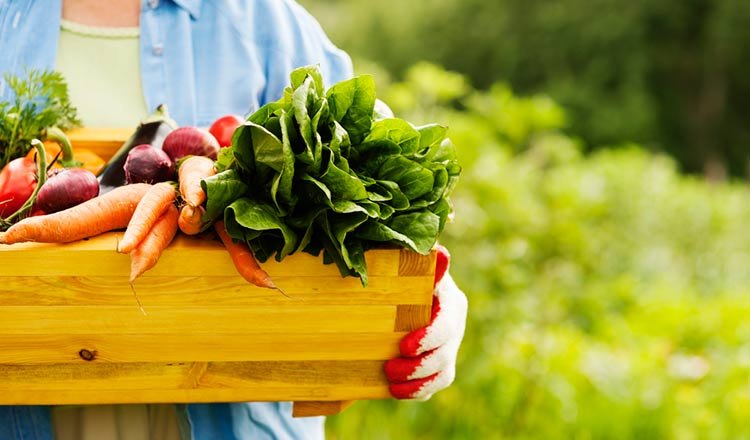But experts now believe that choosing the right combinations can also add more nutritional punch to your diet.
There are foods that when paired correctly, not only taste great, but help you absorb nutrients more effectively.
“There are definitely advantages to mixing and matching healthy foods,” says Johannah Sakimura, MS, the writer behind the Everyday Health column, Nutrition Sleuth.
Here’s just a few she recommends trying.
Yogurt and Bananas
The popular breakfast pairing also makes the perfect post-workout snack. Combining the potassium found in bananas with high protein foods like yogurt (especially Greek yogurt) helps build muscle and replenish amino acids that are depleted during exercise.
Carrots and Hummus
If you’re after a healthy way to curb the afternoon sugar cravings, then look no further than this cheap fix. “Choosing snacks that combine protein and healthy carbs can help to curb hunger and give you an extra boost of energy,” says Johannah. Hummus, which is made from chickpeas, is high in protein; combine it with high-quality carbs that are also high in soluble fibre, like a few baby carrots, and you’ll have an easy, packable snack for busy days. Other good options include yogurt and fruit, an apple with peanut butter, or cheese and whole-grain crackers.

Avocado with Salsa
Bright and colourful veggies in salsa are rich in carotenoids, disease-fighting plant pigments that help protect you from cancer and heart disease. Adding healthy fats, like those found in avocados, can maximise protective benefits. One study found that eating avocado with salsa boosted the absorption of lycopene – a carotenoid in tomatoes – by almost five times. Add a dollop of guacamole to your salad, since leafy greens are also high in carotenoids.
Eggs and Cheese
Your body needs vitamin D to absorb bone-strengthening calcium, but the nutrient is available in very few foods naturally. Eggs yolks are one place you can get your D, so go ahead, whip up that omelette you’ve been craving for breakfast. Sprinkle in your favourite cheese and double down by adding some chopped broccoli, a little known source of calcium, for an extra boost of nutrients.

Leafy Greens and Olive Oil
Vitamin K protects your bones and is important for blood clotting (so without it, you could bleed too much), but because the vitamin is fat-soluble, your body can’t absorb it without eating some fat at the same time. That’s why you should always combine healthy fats — like those found in walnuts, almonds, peanuts, cashews, or olive oil — with your leafy greens, a great source of vitamin K.
Raw Vegetables and Eggs
Recent research presented at the American Society for Nutrition’s Annual Meeting during Experimental Biology 2015 suggests that the protein-packed eggs may help increase the nutritive properties of raw vegetables. In the study, men who ate a raw veggie salad of tomatoes, carrots, and spinach with scrambled whole eggs, had an increased absorption of carotenoids than when eating the same salad without the egg. These carotenoids, specifically beta-carotene, alpha-carotene, lycopene, lutein, and zeaxanthin have antioxidant properties that have been shown to help protect against certain cancers and eye diseases.

Strawberries and Spinach
Lack of iron can cause fatigue, muscle weakness, and even hair loss, so it’s important – especially for women – to get as much as possible from food. One way to do so: Eat iron-rich foods with a side of vitamin C. Try making a colourful salad with iron-rich spinach and sliced strawberries, which are surprisingly high in vitamin C. Other similar combos: broccoli with bell peppers, chickpeas with tomatoes, or iron-fortified cereal with orange juice.




